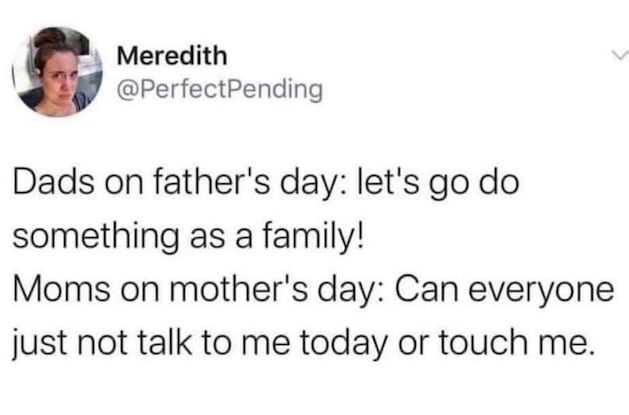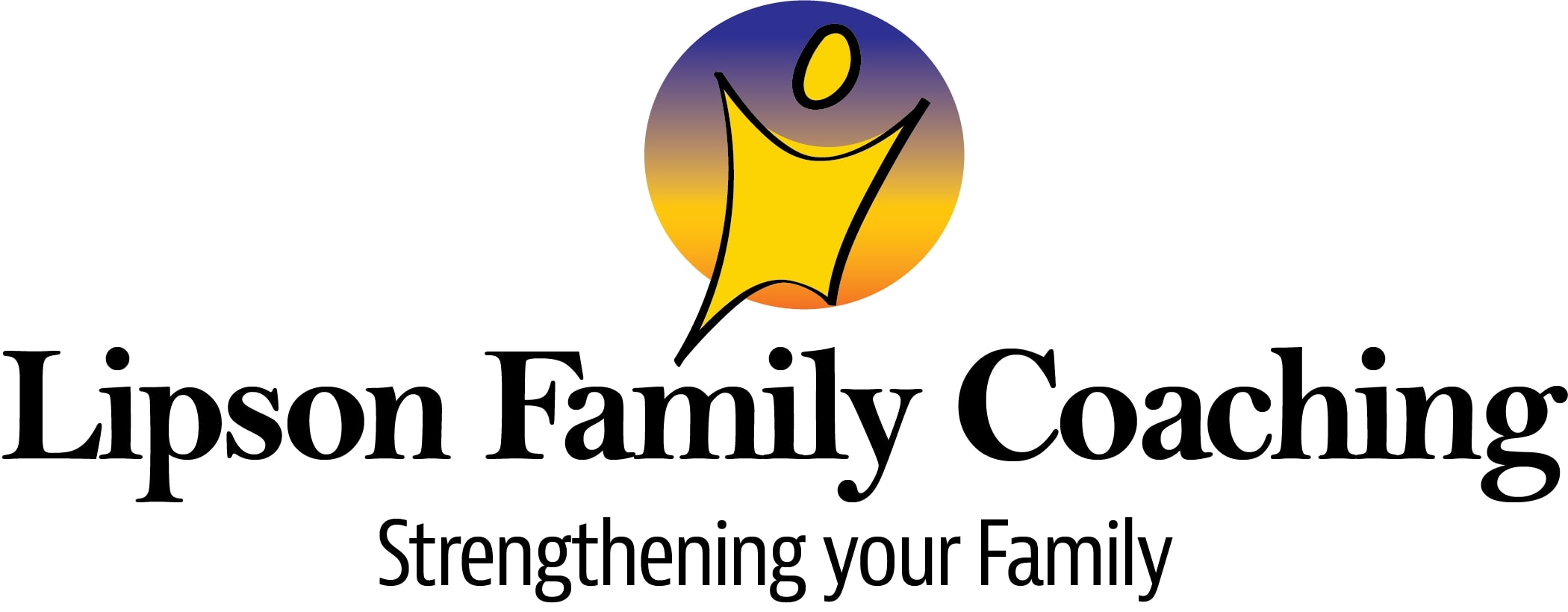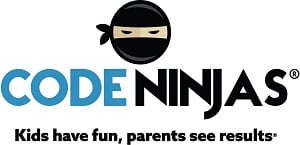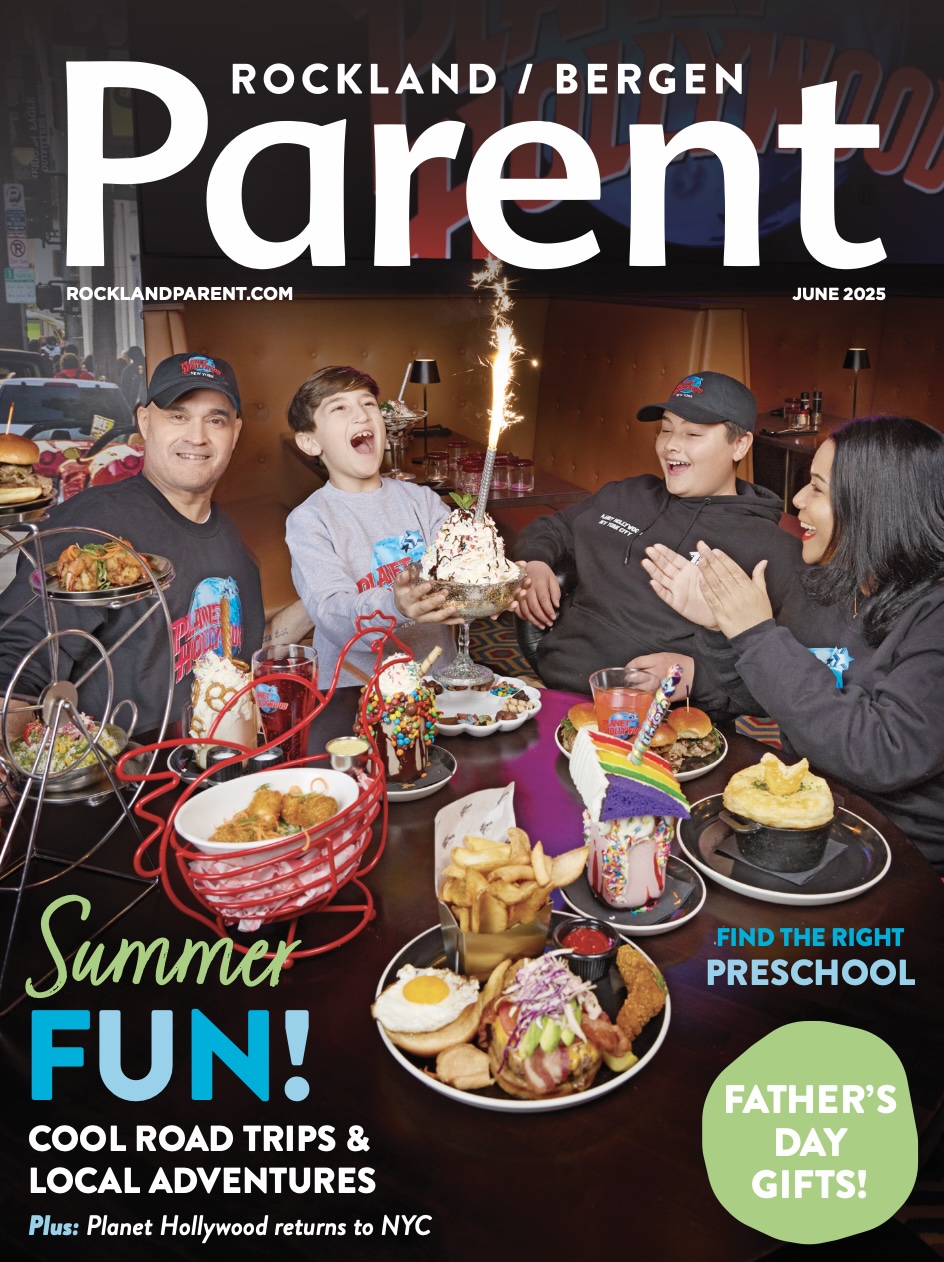Get the Best Winter Activities
Manga and anime regularly weave in cultural references, which can be confusing. Many stories are set in different eras, such as the Samurai period, or in Japanese high schools, which will be unfamiliar to most American teenaged readers, says Alverson. And Japanese honorifics, such as adding “-san” to a person’s name, are common even in English-language anime and manga. Books sometimes include translators’ notes to explain customs and culture referenced in the story, and contextual clues can help readers and viewers parse unfamiliar symbols.
Taboo Topics
Some content and themes commonly found in manga and anime could be cause for concern, depending on the age and maturity level of the reader or viewer.
“There’s sometimes material in Japanese young adult comics which American audiences might find objectionable,” says Jason Thompson, author of Manga: The Complete Guide.
For example, Japanese anime and manga display a more casual attitude toward cigarette smoking, violent themes, and nonsexual nudity. “When a character in a U.S. comic takes a bath, the water is opaque, while in a Japanese comic, the water is clear,” Brenner says. It’s incidental, not sexual, like a character taking a shower or accidentally walking in on someone changing clothes, she explains.
“The attitude toward death is also very different, with many characters lingering as ghosts after death, and a common manga trope is helping the restless ghost cross over and find peace,” Alverson says.
Navigating the Ratings
Like movies, video games, and other television shows, anime and manga are often labeled by a rating system to help parents navigate the variety and select the most appropriate shows and books.
Common Sense Media features reviews of television series and films, with a clear explanation of age appropriateness, to help parents decide which anime is best for their child and informs them about the themes kids might encounter. And as with any television show, parents should note the on-screen rating that appears throughout the show. Daytime and evening programming on channels geared toward children is generally appropriate for ages 13 and younger, but after 9pm content can be considerably more mature.
Most manga publishers in North America use a ratings system similar to the Motion Picture Association of America, explains Kate Dacey, a contributor to Good Comics for Kids blog.
'All Ages’ corresponds to a ‘G’ rating, for example, and is appropriate for readers as young as 6, while ‘Youth’ is equivalent to a ‘PG’ rating, and is appropriate for readers 10 and older, Dacey says. ‘Teen,’ ‘Older Teen,’ and ‘Mature’ ratings indicate the presence of strong language, sexual themes (implied or explicit), and graphic violence. Ratings tend to be conservative, but label qualifiers like “violence” and “strong language” will help you decide what is appropriate for your child.
Rating labels are typically found on the back cover of each issue, and librarians and comic book store staff should be able to offer some guidance on specific books.
Nothing, however, beats looking through the pages yourself to become familiar with the style and make sure you’re comfortable with the content, Alverson suggests. “It’s not uncommon for manga to get more intense as the series goes on,” she warns. And as a general rule, steer clear of shrink-wrapped manga: It’s probably for readers 18 or older.
Also see:
The Pokemon Invasion: How Bad Is It Really?








